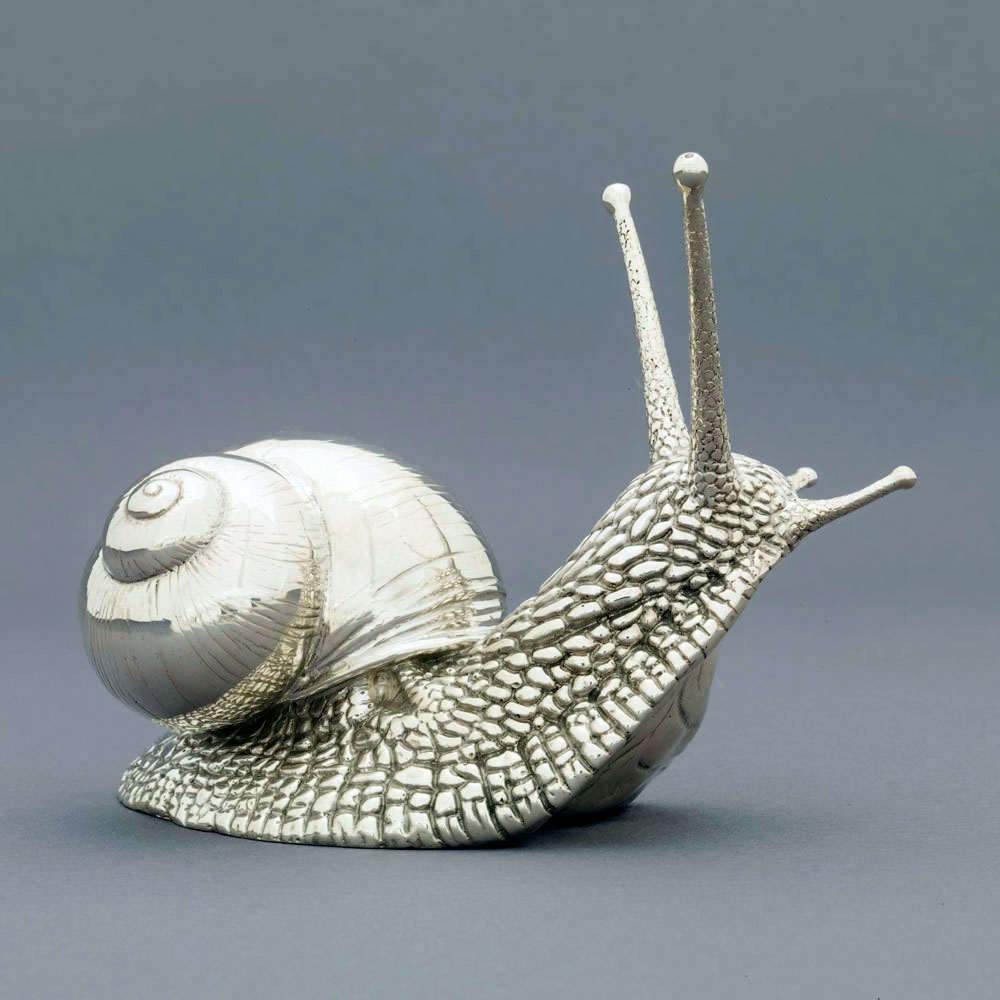

Here are a few ideas to try to prevent slugs and snails on plants: If you come across a slug or a snail pick it up and dispose of it but don’t throw it over the fence – they have a ‘homing’ instinct and will come back! Some gardeners pop slugs into the compost heap – because they feed on decaying plant material they can be used as part of the composting process.
#Garden snail free
No garden will ever be free of slugs and snails and the best approach is to protect vulnerable plants as far as possible. Do not pile up the pellets under bricks or half grapefruit skins. If you are a parent or pet owner, we recommend that you keep slug pellets out of the reach of children and pets: both when you store them and when you use them. During mild, damp weather, scatter the slug pellets thinly on the soil around vulnerable plants. An effective way to protect your plants from slug and snail damage is to use slug pellets containing ferric phosphate. They are available from many mail order biological control suppliers and are effective in getting rid of slugs for at least six weeks. The nematode penetrates the slug and releases bacteria which kills the slug. In spring and autumn, when the temperature is above 5☌ (40☏), water them onto moist, well-drained soil. Slug species which live underground can be treated with minute parasitic worms called nematodes (Phasmarhabditis hermaphrodita). The aroma never fails to attract slugs and in seeking its source the pests simply fall in and drown. Sink it into the soil, with its rim approximately 1cm (0.5in) above the soil surface (to prevent predators of slugs, like beetles, from falling in). It’s a good idea to check underneath favourite hiding places like loose slabs or bricks or under flower pots. Pick up slugs and snails whenever you see them. If you're using eggshells, bake them on a low heat in the oven first as this will make them sharper and the slugs and snails won't want to crawl over them. Slugs and snails don’t like clambering over sharp or rough surfaces so create a slug and snail barrier by laying a thick layer of these substances around susceptible plants.
#Garden snail how to
So, how to get rid of slugs and snails? And how can you stop slugs eating plants? Every gardener has their own favourite slug and snail control or deterrent.
#Garden snail skin
Some underground-dwelling slugs make small, round holes in the skin of potato tubers, root crops such as carrots or tulip bulbs. Slugs and snails feed with a rasping tongue which causes irregular holes in leaves and sometimes in stems and flowers. The smaller banded species (Cepaea) are less voracious.

Some are carnivorous and even eat other slugs! As for snails, the most damaging species is the brown garden snail (Helix aspersa). Newly-hatched snails have fragile shells and take about two years to mature and generally live for up to five years.Īlthough there are numerous types of slugs, they don’t all eat and damage plants. It takes about a year for slugs to mature into adult garden slugs which live for about two years. That means in an average-sized garden there can be up to 15,000 slugs! Slugs and snails love mild and damp weather, but slugs will still be active in the winter if the temperature stays above 5☌ (40☏). On average, 200 slugs live in a cubic metre of soil. Many of the most damaging slugs spend most of their time living in the soil. Here are a few interesting, even amazing, slug and snail facts that will give you some clues as to just what you're up against! Where do slugs live? They especially like vegetables and hostas. Their silvery trails will tell you where they came from – and where they went to – after lunching on seedlings and leaves of numerous garden plants. There’s probably no need to tell you what they look like. Garden snails and slugs eat vegetables and ornamental plants, especially seedlings and those with young and soft leaves. They are present in large numbers and can quickly eat and destroy a wide range of plants. Slugs and snails are the most common garden plant pests.


 0 kommentar(er)
0 kommentar(er)
